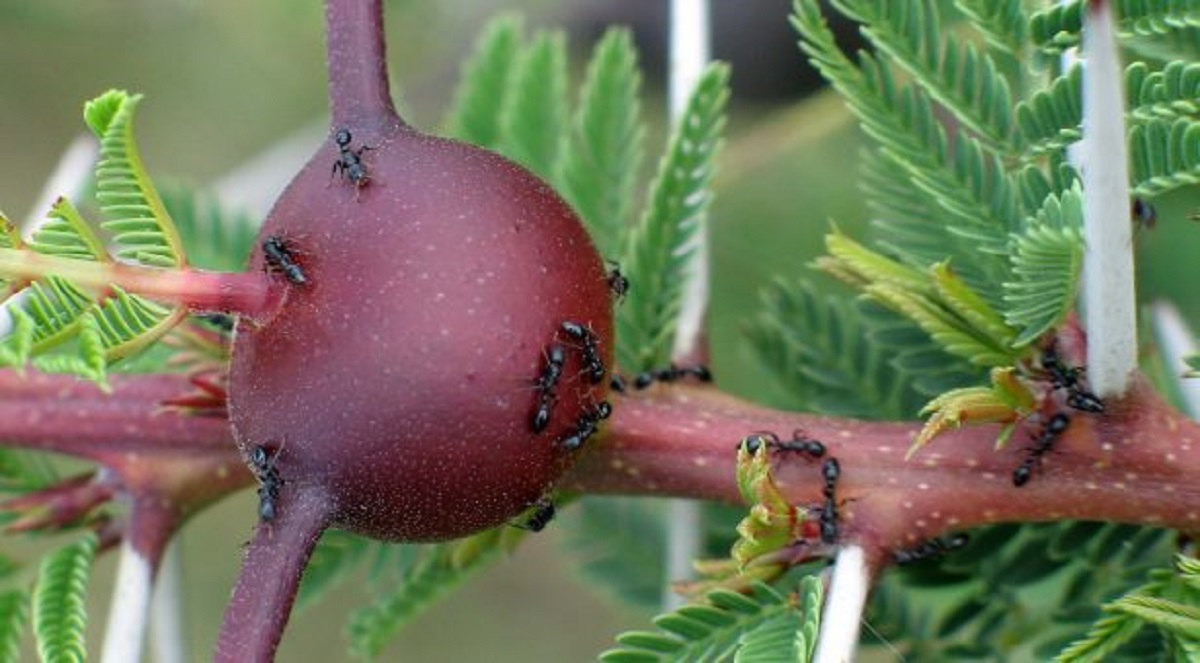
Superbug Slaying Antibiotics Increase Production by Tenfold With CRISPR-Cas9
January 13, 2021| |
Researchers from the John Innes Centre reported the successful increase in the production of a bacterial strain of Streptomyces formicae by 10 times using the genome editing technique CRISPR-Cas9. The findings can lead to further development in the research and production of antibiotics.
Streptomyces formicae bacterial strain is found in nests of species of the African ant. The ants use the antibiotic-producing bacteria to protect themselves and their food source from pathogens. Half of the existing antibiotics today are derived from formicamycin's specialized metabolites.
The researchers used CRISPR-Cas9 to make a strain that produced 10 times more formicamycins in laboratory conditions using agar plates and liquid cultures. Using the genome editing technique, they changed the regulatory genes by adding a copy of the forGF gene which responsible for the production of the useful compounds, and deleting the repressor gene for which is responsible for halting production. Once modified, they measured how much antibiotics were produced by the gene-edited strain. This also led to the production of different variations of formicamycins with antibiotic activity against superbugs such as methicillin-resistant Staphylococcus aureus (MRSA).
The researchers also emphasized that they will use the research to further investigate the regulation of formicamycin biosynthesis. They will use the over-producing strain that they developed to purify enough formicamycins and study their mode of action, how they kill superbugs like MRSA and why superbugs don't become resistant. Further research will allow them to understand how formicamycins work and determine if they have clinical development potential.
Read the full access paper in Cell Chemical Biology with reports from the John Innes Centre.
| |
You might also like:
- New Eco-friendly Protein Antibiotics Fight Off Crop Diseases
- Pocket K No. 22: Plant Disease Diagnostics
- Researchers Present Gene Editing Applications in Horticultural Crops
Biotech Updates is a weekly newsletter of ISAAA, a not-for-profit organization. It is distributed for free to over 22,000 subscribers worldwide to inform them about the key developments in biosciences, especially in biotechnology. Your support will help us in our mission to feed the world with knowledge. You can help by donating as little as $10.
-
See more articles:
-
News from Around the World
- Study Shows Groups of Bacteria Can Work Together to Protect and Improve Crop Growth
- Viruses Found in Saltwater Microalgae Could Be the Key to Bio-saline Agriculture
- Chinese Scientists Discover Rice Gene for Adaptation to Low Soil Nitrogen
- Europe's Position on COVID-19 Vaccines Inconsistent with its GMO Stance
- International Research Team Identifies Bacterium that Protects Rice Plants from Diseases
- Defra Seeks Support for Gene Editing; Launches Consultation
-
Research Highlights
- Transgenic Chickpeas Exhibit Drought Tolerance, Increased Seed Yield Under Extremely Dry Condition
-
Plant
- CRISPR Offers Glowing Solution to Male Chicks Culling Problem
- Superbug Slaying Antibiotics Increase Production by Tenfold With CRISPR-Cas9
- Expert Proposes Techniques to Address Regulatory Concerns in Gene Editing
- Breakthroughs in Science Using TALENs
-
Health
- UChicago Creates First Computational Model of Entire COVID-19 Virus
-
Read the latest: - Biotech Updates (January 14, 2026)
- Gene Editing Supplement (December 17, 2025)
- Gene Drive Supplement (February 22, 2023)
-
Subscribe to BU: - Share
- Tweet

